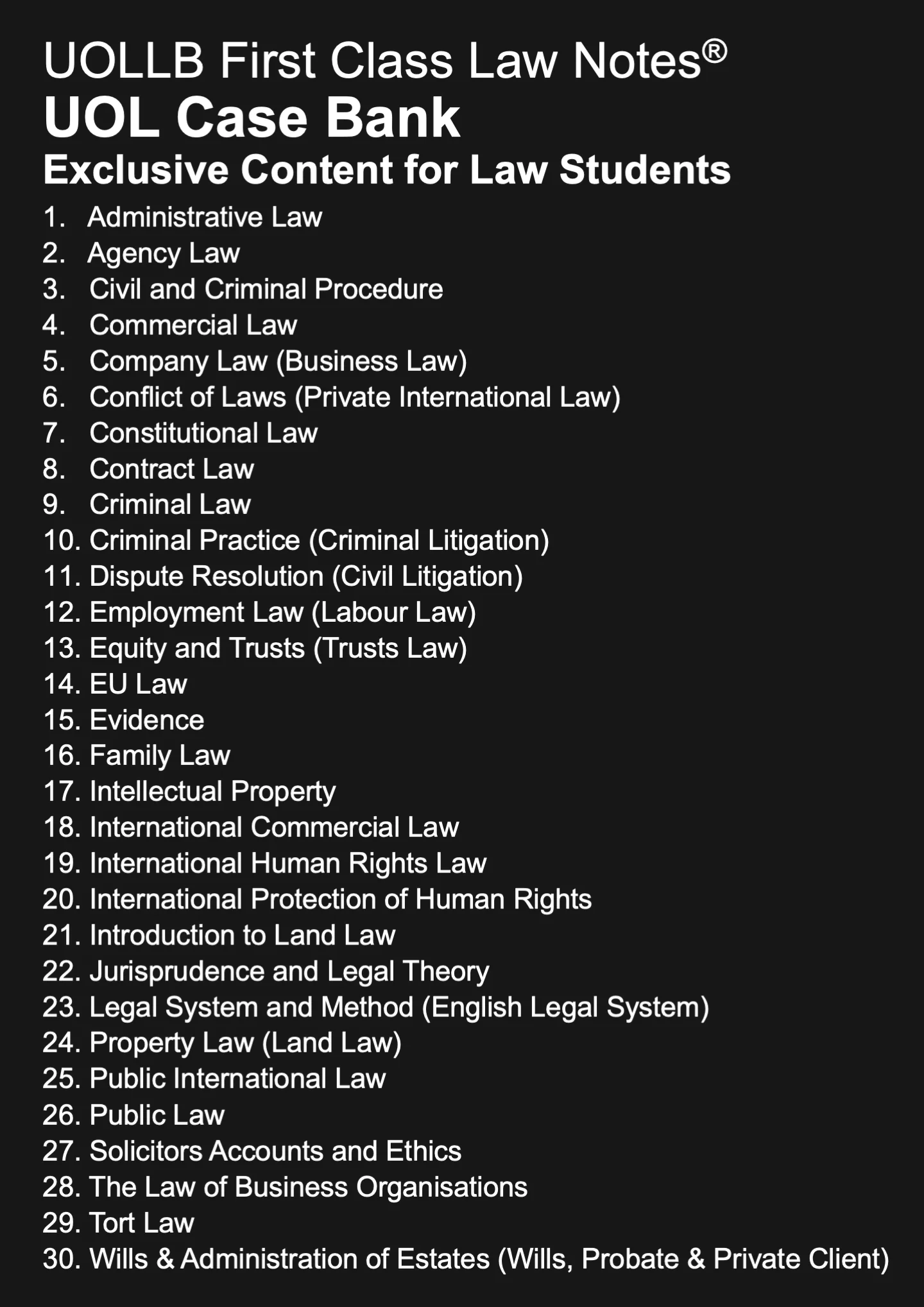Chambers
Share
The term "chambers" carries distinct meanings within the legal context, referring to both judicial and barrister settings. Its usage varies depending on whether it relates to the private working environment of a judge or the professional offices of barristers.
Judicial Chambers
In judicial terms, chambers refer to a private room or court setting where a judge or district judge conducts certain types of hearings away from public view. Judicial proceedings held in chambers are closed to the public, ensuring confidentiality and privacy. Unlike open court hearings, where oral arguments are made and the public may attend, proceedings in chambers are based on written submissions by the parties. The judge reviews these written pleadings, such as applications and legal arguments, and makes decisions without the need for the formality of a trial.
Judge in Chambers proceedings offer a streamlined and efficient way to resolve legal disputes. These proceedings are typically less time-consuming and less formal than trials in open court. Matters such as interim applications, urgent injunctions, and procedural rulings are often handled in chambers. The confidential nature of chambers proceedings is essential for protecting sensitive information, preserving privacy, and expediting legal processes. Although these hearings are less dramatic, they play a crucial role in ensuring fair and swift justice.
Barristers' Chambers
In the context of barristers, chambers refers to the offices or sets of rooms where barristers work. Barristers typically do not work in law firms like solicitors but instead operate from barristers’ chambers, which are usually located in legal hubs such as the Inns of Court in central London. Chambers are not only physical spaces but also professional associations of barristers who come together to share resources while maintaining individual practices. These sets of barristers, often referred to as a "set," function as an unincorporated association.
Barristers’ chambers provide crucial support, such as administrative services, shared library and research facilities, and office space. By pooling resources, members of chambers can handle more complex legal cases and provide a broader range of legal services to clients. This collaboration enables barristers to specialise in different areas of law while also offering collective expertise. Additionally, chambers foster professional development and networking opportunities, creating a supportive community where barristers can collaborate and consult with one another. While barristers operate as independent practitioners, chambers serve as their professional base, helping them manage their cases and clientele more effectively.
In summary, chambers can either refer to the private judicial setting for specific legal proceedings or to the professional offices of barristers. Both uses of the term highlight the importance of private, confidential spaces in different aspects of the legal profession.
Judicial Chambers
In judicial terms, chambers refer to a private room or court setting where a judge or district judge conducts certain types of hearings away from public view. Judicial proceedings held in chambers are closed to the public, ensuring confidentiality and privacy. Unlike open court hearings, where oral arguments are made and the public may attend, proceedings in chambers are based on written submissions by the parties. The judge reviews these written pleadings, such as applications and legal arguments, and makes decisions without the need for the formality of a trial.
Judge in Chambers proceedings offer a streamlined and efficient way to resolve legal disputes. These proceedings are typically less time-consuming and less formal than trials in open court. Matters such as interim applications, urgent injunctions, and procedural rulings are often handled in chambers. The confidential nature of chambers proceedings is essential for protecting sensitive information, preserving privacy, and expediting legal processes. Although these hearings are less dramatic, they play a crucial role in ensuring fair and swift justice.
Barristers' Chambers
In the context of barristers, chambers refers to the offices or sets of rooms where barristers work. Barristers typically do not work in law firms like solicitors but instead operate from barristers’ chambers, which are usually located in legal hubs such as the Inns of Court in central London. Chambers are not only physical spaces but also professional associations of barristers who come together to share resources while maintaining individual practices. These sets of barristers, often referred to as a "set," function as an unincorporated association.
Barristers’ chambers provide crucial support, such as administrative services, shared library and research facilities, and office space. By pooling resources, members of chambers can handle more complex legal cases and provide a broader range of legal services to clients. This collaboration enables barristers to specialise in different areas of law while also offering collective expertise. Additionally, chambers foster professional development and networking opportunities, creating a supportive community where barristers can collaborate and consult with one another. While barristers operate as independent practitioners, chambers serve as their professional base, helping them manage their cases and clientele more effectively.
In summary, chambers can either refer to the private judicial setting for specific legal proceedings or to the professional offices of barristers. Both uses of the term highlight the importance of private, confidential spaces in different aspects of the legal profession.























































